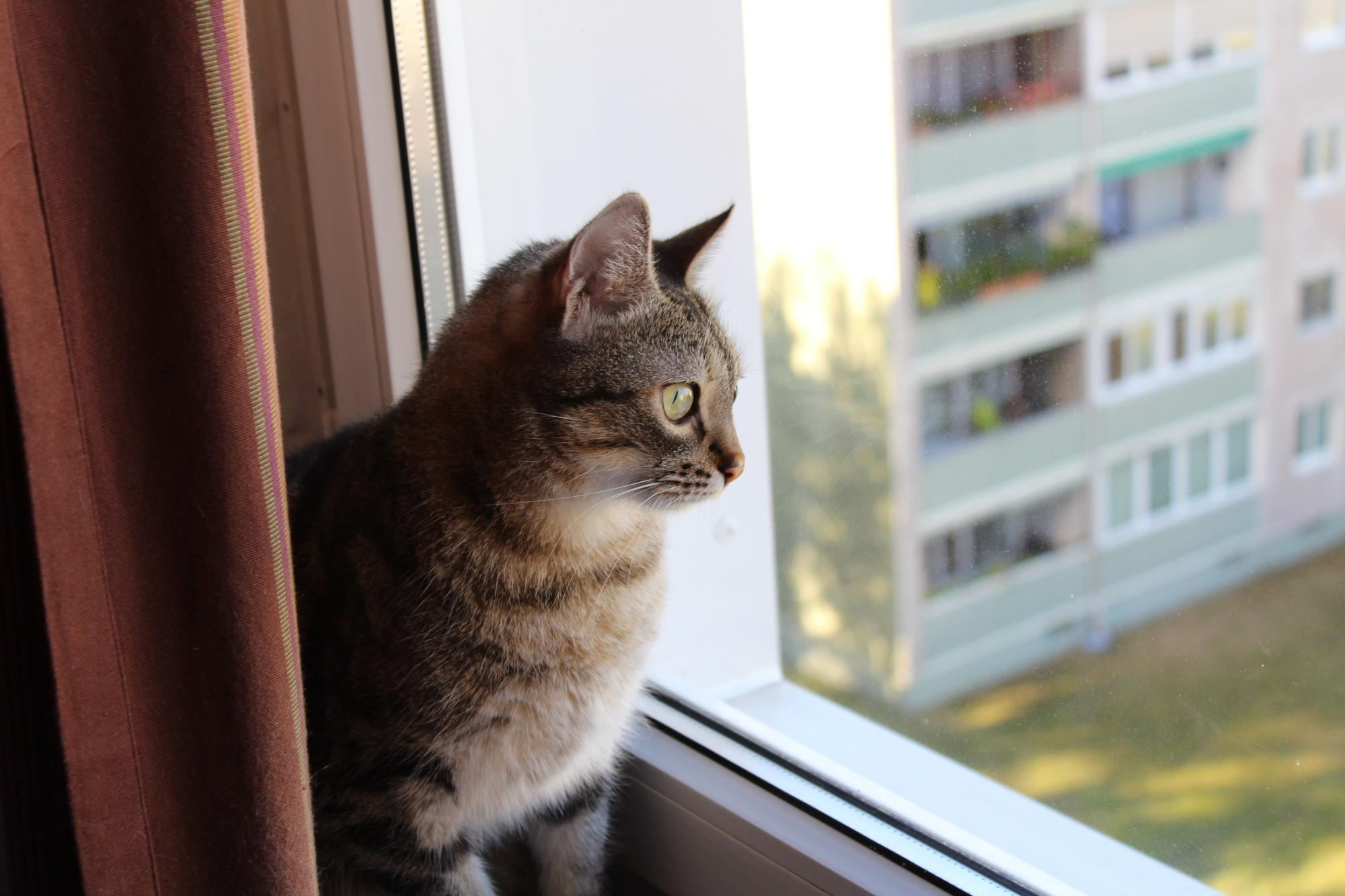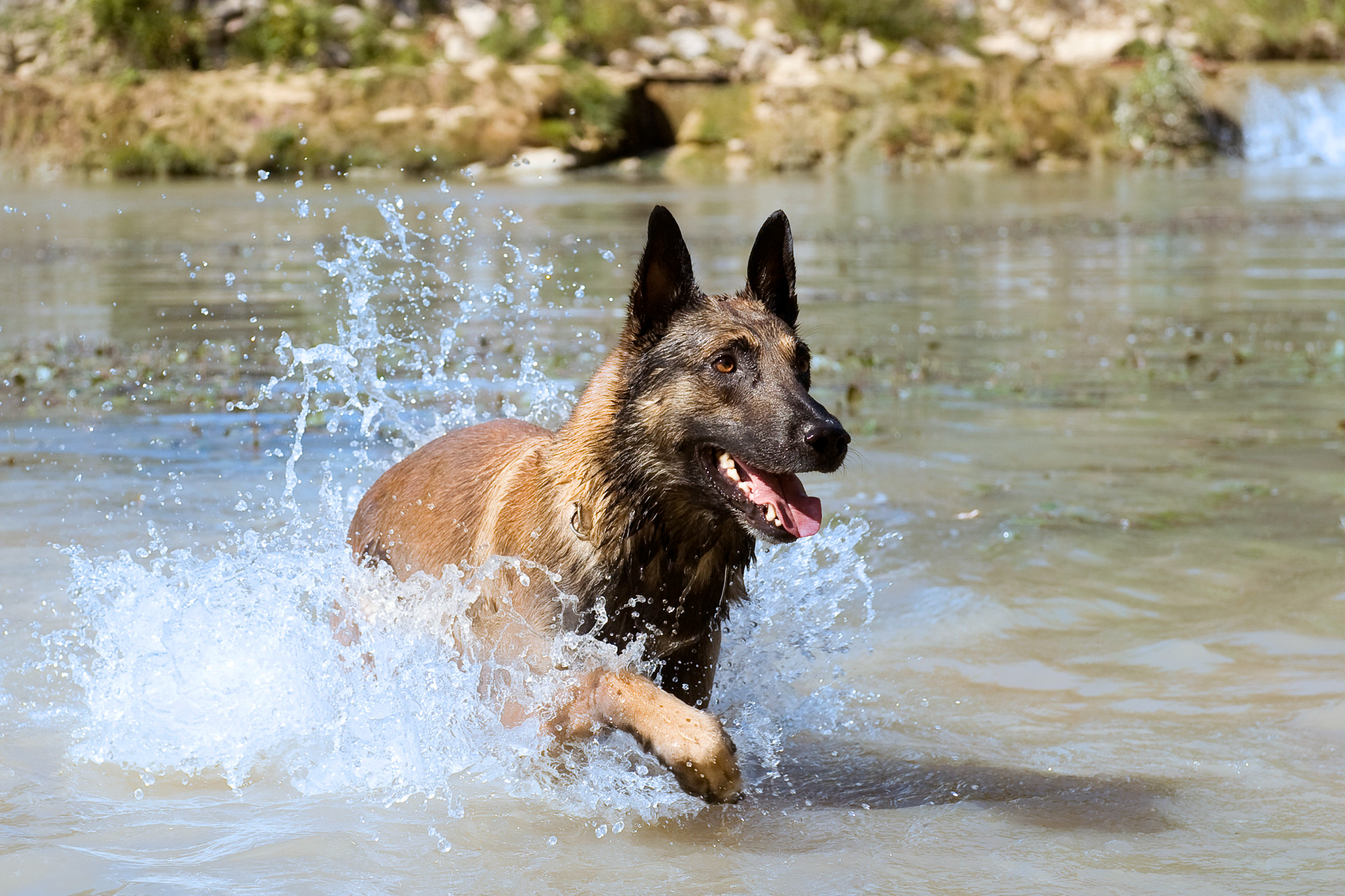Halloween is an exciting time for just about everyone. Kids get to dress up and run around on the hunt for candy, adults can hang out on the couch and help themselves to the treat bowl, and everyone else can celebrate in their own way. However, there’s one part of the family who might not have such a great time during this holiday, and that’s our pets.
Between fireworks going off through the night, constant door-knocking and bell-ringing, and countless people milling around in scary or unusual costumes, it’s no wonder why so many pets get overwhelmed on Halloween. The sensory overload can cause a lot of stress on your pet, making them more likely to try and run away (even from home), and also possibly getting frightened and becoming aggressive with people or other animals. With all this hyper-stimulation going on around them, it’s easy to see why a pet Halloween costume might not be the greatest idea.
With that said, some pets are much more lenient and it can even be lots of fun for you and your pet when you find a costume that everyone loves. Here are our veterinary staff’s dos and don’ts for any pet-friendly Halloween costume.
DO: Ensure the costume is easy to wear and unrestrictive
Like humans, not all pets are so into Halloween costumes. While some animals might have a great time in that hilarious banana outfit you bought online, others might find it extremely annoying. A good rule is to ensure your pet isn’t restricted in any way by your choice of costume. All their senses: sight, sound, smell, taste, and touch, should be unimpeded, and they should also have a full range of motion. Ensure too that the costume doesn’t affect their ability to bark, meow, or even worse, obstruct their breathing in any way.
DO: Give the costume a trial run
Bear in mind that these are good tips if you choose to costume your pet, but it doesn’t change the fact that your pet just might not be a fan. Give the costume a trial run or two before Halloween, and see how they react. If they’re loving the costume and loving the extra attention, then it should be safe to dress them up a little for the real occasion. However, if your pet is acting stressed out, shy, aggressive, or otherwise behaving strangely, we recommend taking the costume off.
DO: Choose a simpler accessory if your pet doesn’t like their costume
If your cat or dog just can’t get down with the costume you’ve picked out for them, don’t take it personally. Every pet is different, and some may prefer to show off their Halloween cheer a little more…minimally. If you’re looking for something less involved to dress your pet up in, we recommend something like a bandana. Assuming you don’t tie it too tight, and that it’s not too large for them, pets will normally forget they’re even wearing it.
DON’T: Go nuts with the costume
It can be tempting to do something really elaborate for your pet’s costume. They’re your companion, and you want them to have as much fun as you! However, the more complex and bulky the costume, the more likely your pet is to get sick of it. If you do choose to costume your pet, (and they’re okay with it), then go for something simple that isn’t likely to bother them.
DON’T: Force a costume on a pet that doesn’t want it
Consent is important, and that goes for throwing a costume on your pet as well. If they’re showing any signs of discomfort or unhappiness, even if they were okay with wearing it before, don’t force it on them or force them to leave it on in the hopes that they’ll get used to it. They’re more likely to get more scared, anxious, or frustrated, leading to further potential problems.
DON’T: Ignore what your pet is trying to tell you
This is one of the most important rules of thumbs for pet ownership, and that’s paying attention to the messages they send. Behaviour, any noises they might make, and especially body language can all be excellent clues to understanding what’s going on with your pet.
Above everything else, pay careful attention to your pet. You understand them better than anyone else, and they’re counting on you to help them feel safe, comfortable, and happy this Halloween. With some careful planning this October, bearing these tips in mind, you’re much more likely to have a fun, pet-friendly holiday.
Do you have more questions about making Halloween as safe as possible for your pet? Don’t hesitate to contact Hastings Vet today!
Creative Commons Attribution: Permission is granted to repost this article in its entirety with credit to Hastings Veterinary Hospital and a clickable link back to this page.






